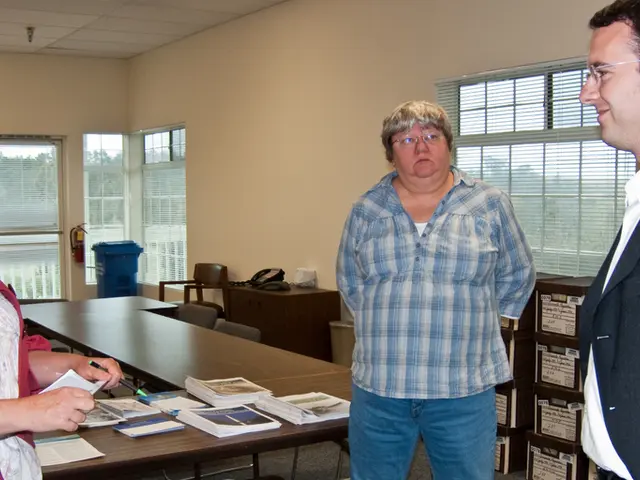Stella McCartney, a staunch advocate for sustainable and animal-friendly fashion, lamented her sense of isolation in developing innovative materials. "I'm still the lone wolf in this field," she shared.
During COP28, McCartney announced a groundbreaking collaboration with Mango Materials, a company that transforms methane gas into biopolymers. These biopolymers can be used in products such as sunglass frames, helping reduce the environmental impact of the fashion industry.
"These polluting, unsightly companies enjoy tax breaks and incentives," McCartney asserted to the CEO of Mango Materials, Molly Morse, during an interview with CNN. "Your company deserves all these benefits, to stay clean."
McCartney, who aims for her brand to achieve net-zero CO2 emissions by 2040, emphasized her focus on utilizing widely available by-products that traditionally aren't used in fashion production.
During COP28, McCartney's delegation presented over 15 projects promoting biomaterials and plant-based alternatives to synthetic materials, leather, fur, and conventional fibers. This includes leather alternatives developed in collaboration with Champagne brand Veuve Clicquot, as well as clothing made from recycled polyester that can be recycled indefinitely.
Moreover, McCartney announced a partnership with PETA (People for the Ethical Treatment of Animals) to foster alternatives to leather, fur, and feathers.
Insights: The Landscape of Fashion Regulations and Sustainable Practices
Government regulations and tariffs on leather and environmentally harmful materials vary significantly globally, impacting sustainable fashion designers like McCartney in various ways. Here's an overview of the landscape:
Tariffs and Regulations by Country
- Bangladesh:
- The leather industry in Bangladesh faces challenges due to a lack of Leather Working Group (LWG) certification, making foreign buyers hesitant. This leads to lower prices for Chinese buyers, who eventually sell these leather products to branded buyers at premium rates.
- USA:
- The Trump-era tariffs affected fast fashion brands, with some brands like Shein becoming more expensive. However, this change did not necessarily encourage sustainable practices within the fashion industry.
- European Union:
- The EU has stringent regulations on environmental compliance, but specific tariffs on leather are less mentioned. The focus is more on incentivizing sustainable practices and raising consumer awareness.
Impact on Sustainable Fashion Designers
- Stella McCartney:
- McCartney's innovative approach to sustainable fashion includes developing materials like mushroom-based leather and recycled fabrics. She encourages consumers to invest in timeless pieces, minimizing waste and promoting circular fashion.
- Challenges and Opportunities:
- While tariffs and regulations create challenges for sustainable fashion designers, they also present opportunities. For example, customization and repurposing of materials can offset higher costs and reduce environmental impact. McCartney's vision goes beyond just complying with regulations but aims to redefine the fashion industry.
- Advocacy for Higher Taxes:
- McCartney advocates for higher taxes on environmentally harmful materials, motivating businesses to explore alternative options. This approach aligns with the broader goal of reducing pollution within the fashion industry and promoting sustainable practices.
By understanding the complex landscape of fashion regulations and sustainable practices, we can better support designers like Stella McCartney in their mission to create a more sustainable future for the fashion industry.








